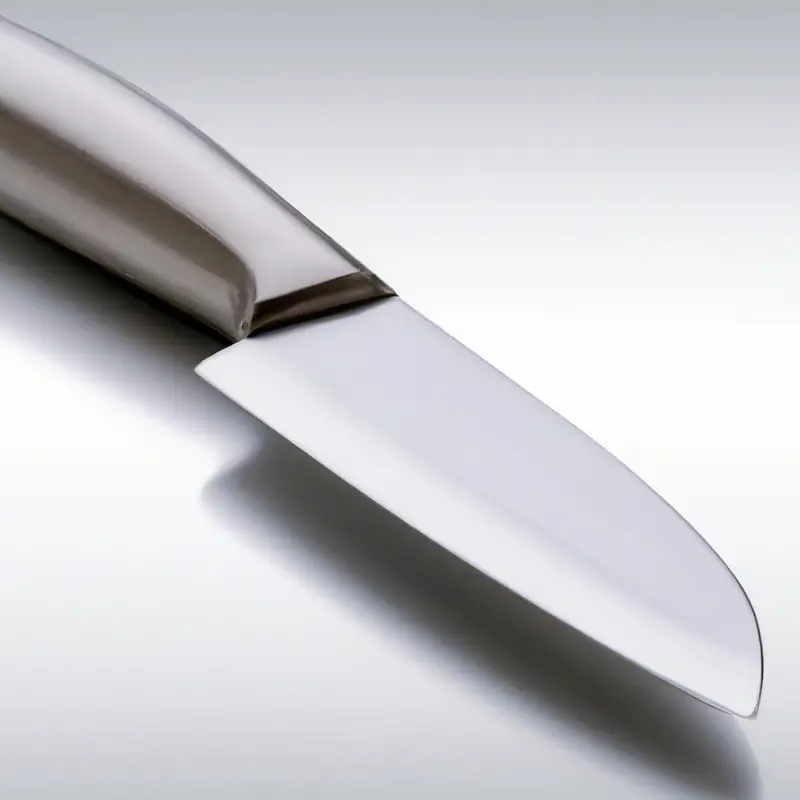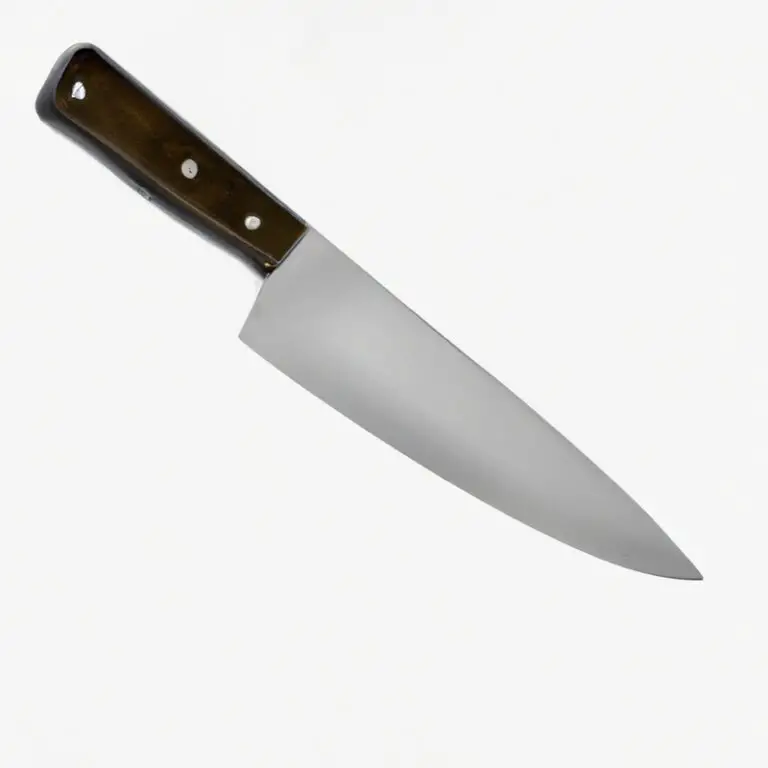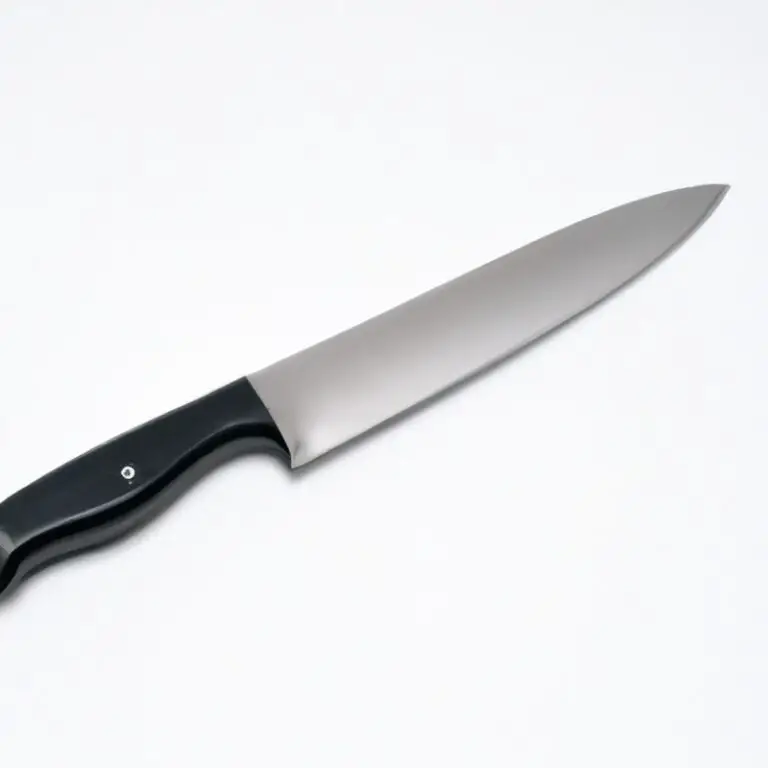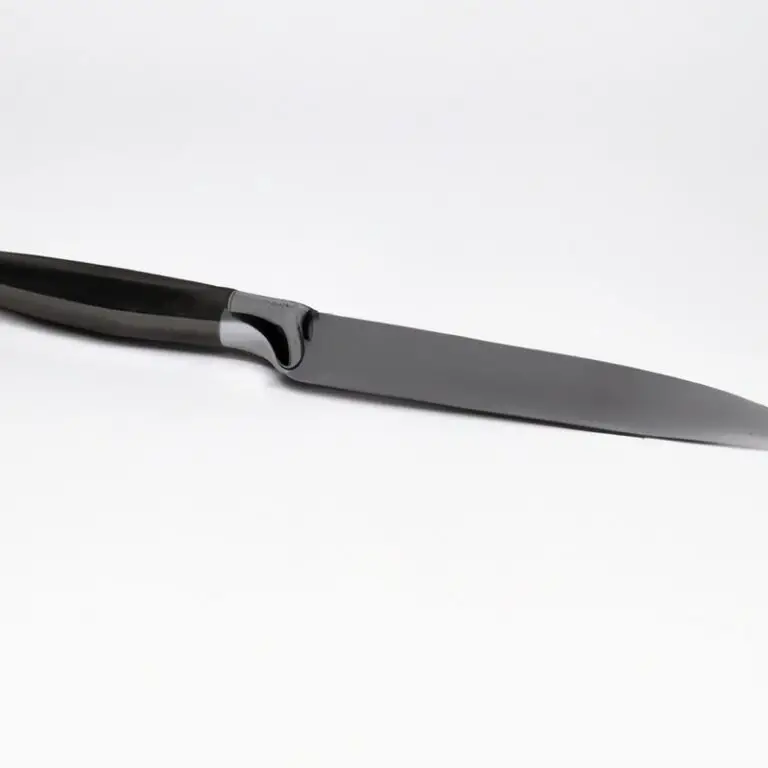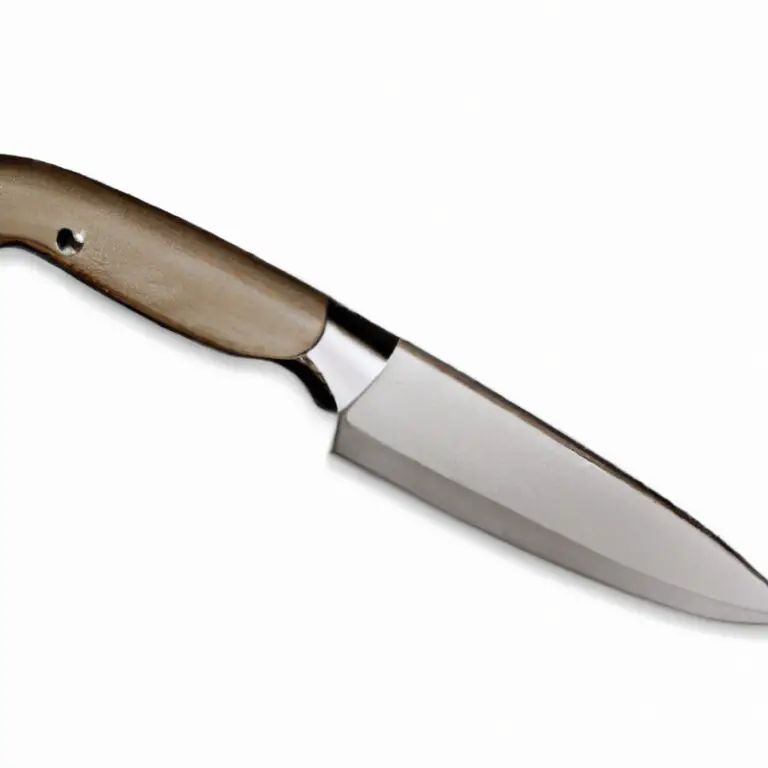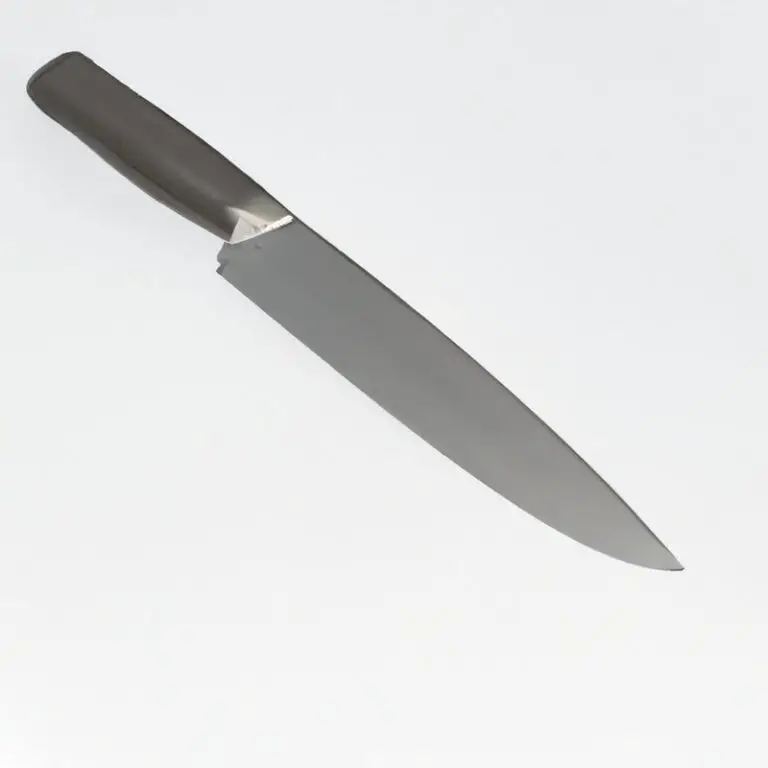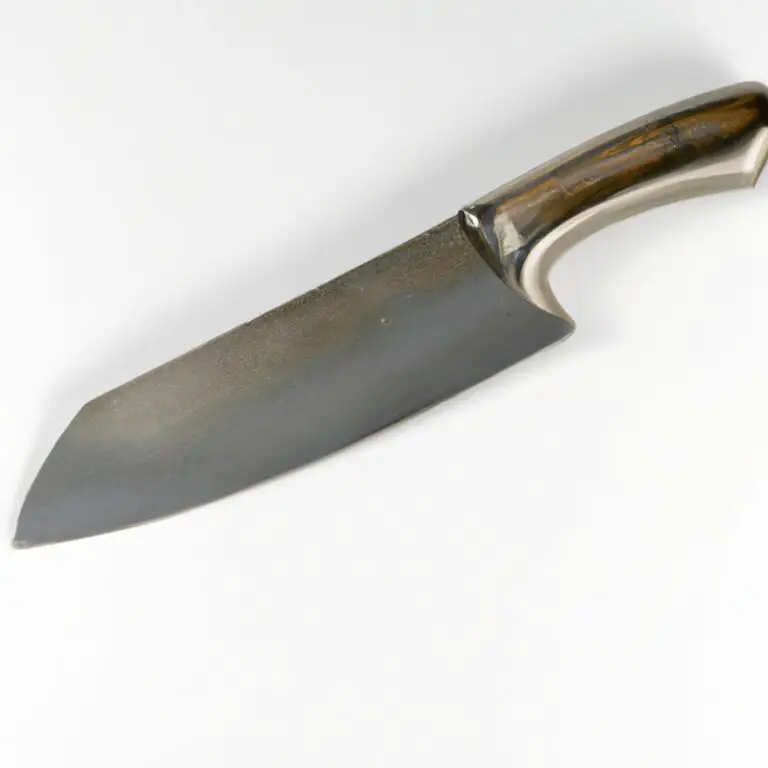How To Fillet a Turbot Using a Fillet Knife Like a Pro?
Key Takeaways:
- The first step in filleting a turbot is to ensure that you have a sharp fillet knife and a clean working surface.
- Start by making an incision behind the gills, just above the pectoral fin, then use long sweeping strokes to remove the fillet from the backbone.
- Turbot has a thick skin and tough scales, so using a fillet knife with a flexible blade is essential for achieving clean cuts and minimizing waste.
- Remember to remove any remaining bones and trim the fillet to the desired size before preparing it for cooking.
Are you a fan of seafood and want to learn how to fillet a turbot using a fillet knife? Great news, because I’m an expert, and I’m here to share some helpful tips.
The process may seem daunting, but with a little practice, you’ll be filleting a turbot like a pro.
From choosing the right knife to storing your fillets, I’ll guide you through each step to ensure a clean cut and deliciously fresh fillet. So, let’s get started!
| Step | Instructions |
|---|---|
| 1 | Place the turbot on a clean, flat surface with the darker side down. If the turbot is not gutted, use a sharp knife to make an incision along the belly from the head to the tail and remove the guts. |
| 2 | Starting at the head, make an incision along the top of the fish behind the gills. Cut through the flesh down to the spine. |
| 3 | Using a sharp fillet knife, cut along the spine while holding the knife parallel to the backbone, and cut through until you reach the rib bones. |
| 4 | Lift the fillet and remove any remaining bones using tweezers or pliers. |
| 5 | Turn the fish over and repeat the process to remove the other fillet. |
Choosing the right knife: Fillet knife for turbot
Choosing the right knife is crucial when it comes to filleting a turbot. A fillet knife is essential for this task, as it is designed with a flexible blade that can easily separate the flesh of the fish from its bones.
The ideal fillet knife should be long enough to cover the length of the fish, sturdy, and sharp.
A good-quality fillet knife should have a blade length of 7 to 8 inches and a thin, flexible blade with a sharp edge. It is important to choose a knife with a comfortable grip – a slip-resistant handle is a good option to consider.
Choosing the right knife is the first step towards successful turbot filleting.
Preparing the turbot: Cleaning and scaling
Before filleting a turbot, it is crucial to clean and scale it properly. Begin by scaling the fish, using a fish scaler or the back of a knife to scrape firmly against the scales, starting at the tail and working towards the head.
Remember to scale both sides of the fish.
Next, it is essential to gut and remove any entrails. Insert the knife gently into the middle and cut towards the head.
Pull out the entrails and rinse the cavity with water.
Afterward, remove the gills, which can be done by gently pulling them and cutting them off with a knife. Rinse the fish again to remove any remaining debris.
Lastly, pat dry the turbot with a paper towel, and it is now ready for filleting.
By properly cleaning and scaling the fish, you ensure its safety and prevent any undesired flavors from contaminating your dish.
Removing the head and tail: Essential first steps
To start filleting a turbot, you need to remove its head and tail. This is an essential first step that needs to be carried out properly to ensure that the filleting process runs smoothly.
To remove the head, place the turbot vertically on the cutting board with its head facing away from you.
Secure it with your non-dominant hand and make a cut through the flesh just behind the gills, where the head meets the body. Then, insert the knife into the flesh on the other side of the fish and cut it off completely.
After removing the head, it is time to remove the tail.
With the turbot still standing vertically, insert the tip of your knife at the base of the tail and cut downwards until the tail is completely removed from the body. Removing the head and tail will make the turbot easier to handle and will allow you to access the fillets more easily.
Plus, it will provide a visual reference for making your first cut to fillet the fish.
So, ensure that you carry out this step correctly before moving on to the rest of the process.
Making the first cut: Starting at the top of the turbot
To start filleting a turbot, make the first cut at the top of the fish, just behind the gills. Insert the tip of your fillet knife and slide it down towards the backbone.
Don’t cut too deep, as you want to avoid piercing the internal organs.
Follow the contour of the fish, and once you hit the rib cage, angle your knife to cut through the bones. Continue the cut down to the backbone, but do not cut through it.
Repeat the same process on the other side of the turbot.
By starting your cut correctly, you can elevate the quality of your fillet and ensure a cleaner separation from the bones.
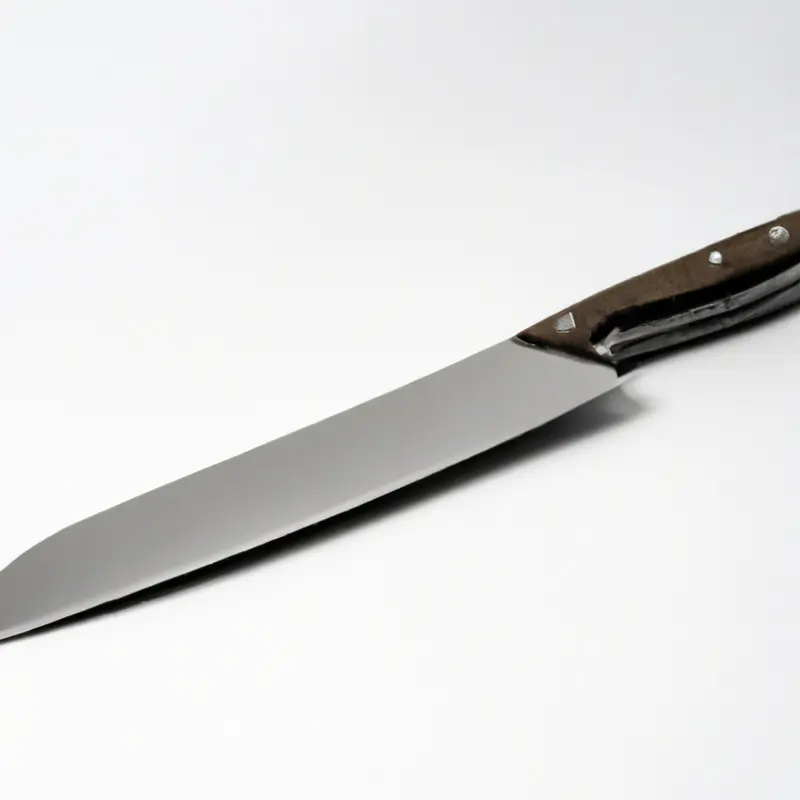
Following the backbone: Cutting along the rib bones
To follow the backbone, make a cut alongside the head of the turbot, through the skin and down to the backbone. Insert the tip of the knife into the incision, and cut along the backbone towards the tail in a slow and deliberate motion.
As you cut, guide the knife between the rib bones, using them as a natural guide for the blade.
Be precise and careful not to cut too deep into the fillet. When you reach the tail, use the knife to carefully separate the fillet from the bone.
Repeat this process on the other side of the turbot to obtain two fillets.
Separating the fillet from the skin: Ensuring a clean cut
To separate the fillet from the skin on a turbot, it’s important to use a sharp fillet knife and start at the tail end. Place the blade between the skin and fillet and slowly cut towards the head.
Be careful to keep the blade parallel to the bones to avoid losing meat and to make a clean cut.
Use your fingers to hold onto the fillet and gently pull it away from the skin as you cut. Repeat this process on the other side of the turbot.
To ensure a clean cut, it’s important to use a smooth and steady motion and to take your time.
With practice, you’ll be able to separate the fillet from the skin without any bones or scales left behind.
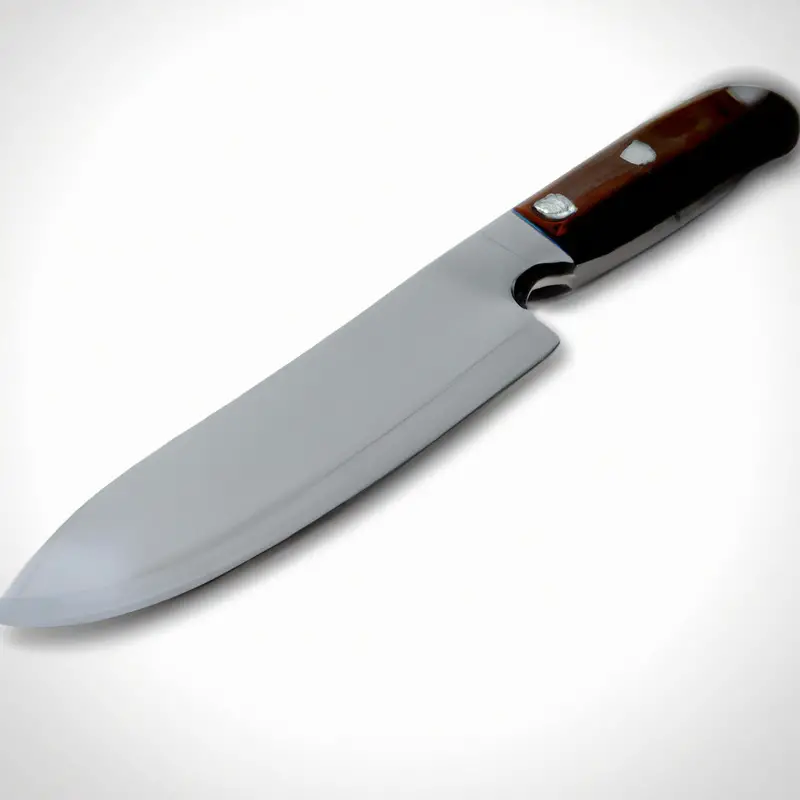
Removing any remaining bones: Carefully checking for bones
Carefully checking for bones is the final step to ensure that your turbot fillet is ready for consumption. Despite your best efforts, there may be some bones remaining in the fillet.
Using a pair of fish bone pliers, run your fingers over the fillet’s surface to check for any small bones.
If you find any, grip the bone with the pliers and pull it out from the flesh’s grain. Always ensure you pull out any bones in the same direction as they went in to avoid creating more damage to the fillet.
It may take a few passes to thoroughly check the fillet for bones, but taking your time with this step will ensure a safe and enjoyable eating experience.
Once you’re confident that the fillet is fully bone-free, you can move onto the final steps of trimming and storing the fillet to preserve its quality and freshness.
Trimming the fillet: Cutting off any excess fat and skin
After removing any remaining bones, it is important to trim the fillet by cutting off any excess skin and fat. This will enhance the flavor and texture of the fillet and ensure that it looks presentable.
Using the fillet knife, carefully run the blade along the skin and fat, making sure not to remove too much meat.
It is important to use a sharp knife for this step to avoid tearing the flesh. Take your time and be precise while trimming the fillet.
Once you’re done, repeat the process on the other side of the turbot.
After you have trimmed both fillets, you can store them in the fridge or freezer for future use. Just make sure to wrap them in plastic or wax paper to prevent them from drying out or getting freezer burn.
Repeat on the other side: Turning the turbot over
Once you have filleted one side of the turbot, repeat the process on the other side. Carefully turn the fish over, making sure it is securely positioned on the cutting board.
Make the first cut behind the head, and follow the backbone down to the tail, removing the fillet from the skin.
Once finished, carefully check for any remaining bones and trim off any excess fat and skin. By filleting both sides of the turbot, you will end up with two delicious fillets that can be used in a variety of dishes.
Storing your fillets: Preserving the quality and freshness
To preserve the quality and freshness of your fillets, it is essential to store them properly. The best way to do this is by wrapping them tightly in plastic wrap or vacuum-sealing them.
Alternatively, you can place them in an airtight container or a freezer bag.
Before storing, ensure the fillets are dry by patting them gently with a paper towel. It is recommended to store fillets in the coldest part of your fridge, which is usually at the back.
The ideal temperature for fish storage is between 32°F and 38°F (0°C and 3°C).
Fillets can be stored in the fridge for up to three days. If you don’t plan to consume your fillets within three days, you can store them in the freezer.
When freezing, wrap them in plastic wrap or aluminum foil before placing them in a freezer bag.
Make sure to label the bag with the date of freezing. Frozen fish can be stored for up to six months.
To thaw frozen fillets, place them in the fridge overnight or for several hours, depending on the size of the fillets.
Avoid thawing fish at room temperature, as it can lead to bacterial growth. Once thawed, cook the fillets immediately.
By following these simple steps, you can ensure the quality and freshness of your turbot fillets, allowing you to enjoy them in all their deliciousness.
Final Verdict
Filleting a turbot requires precision and care, but with the right tools and technique, anyone can do it. By choosing a fillet knife designed for the job, cleaning and scaling the fish thoroughly, and following the steps to remove the head and tail, make the first cut, and separate the fillet from the skin, you can ensure a delicious and beautiful end result.
Take the time to remove any remaining bones and trim the fillet properly, and don’t forget to repeat the process on the other side for maximum yield.
By storing your fillets properly, you can preserve their quality and freshness for longer. Remember, practice makes perfect, so keep trying until you feel confident in your filleting skills.
With these tips in mind, you can impress your dinner guests and enjoy a delicious turbot meal with ease.

